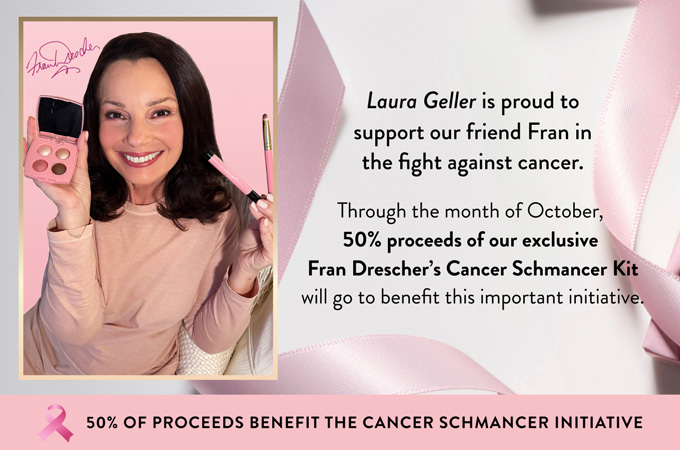Detecting Oral Cancer
Oral cancer is surprisingly sneaky. It can look like a small white spot on the cheek, a tiny lip irritation, or even a bump on the tongue. And with no symptoms until it’s advanced, it’s deadly, killing one person every hour in the U.S.
Oral Cancer
Oral cancer is a type of cancer that occurs in or around the mouth. The most commonly affected sites are the tongue, the back part of the top of the throat, the floor of the mouth, gums, hard palate, pockets of the cheek and lips.
According to the American Cancer Society about 36,540 cases of oral cancer were expected to be diagnosed in the U.S. in 2010. Roughly 7,880 men and women would die of the cancer. According to the Oral Cancer Foundation, those who survive are 20 times more likely than the average person to develop a second cancer.
Examining Risk Factors
The Oral Cancer Foundation reports about 75 percent of all oral cancers are associated with tobacco use (including smokeless tobacco). Alcohol also increases risk. Those who smoke and drink have 15 times the risk.
Historically, oral cancer has been more commonly seen in people over 40. However, doctors are now diagnosing the condition in younger people, including those who have never used tobacco products. One of the factors in oral cancer for younger adults appears to be infection with human papillomavirus (HPV). HPV has been linked to cervical cancer in women. But researchers are detecting an increasing number of people with oral HPV. Researchers report HPV is now found in more than 40 percent of all oral cancers. Of those, HPV 16 is the most common type, accounting for more than 63 percent of the cases. Another type, HPV 18, accounts for more than 30 percent of all HPV-related oral cancers.
Detecting Oral Cancer
The Oral Cancer Foundation reports only about half of all oral cancer patients survive for five years or longer. Greg Diamond, D.D.S., Periodontist with the Diamond-Schlesinger Group in New York City, says that the poor survival rate isn’t necessarily a reflection of an aggressive cancer, but rather that patients aren’t being diagnosed soon enough. In fact, he says if the cancer is detected in early stages, survival rates are 80 to 90 percent.
The problem with early diagnosis is that the cancer occurs in a hidden area (inside the mouth), so signs may not be obvious until the cancer has advanced. Diamond urges people to see their dentist for regular screenings. People should also be on the look out for unusual oral symptoms, like:
- A sore inside the mouth that doesn’t heal within two weeks.
- A lump or mass on the tongue, cheek or neck.
- Persistent red or white patch on the gums, tongue, tonsils, or other area inside the mouth.
- Trouble chewing, swallowing, or speaking.
- Numbness or difficulty moving the tongue or jaw.
- Persistent earache on one side of the head.
AUDIENCE INQUIRY
For general information on oral cancer:
American Association of Oral and Maxillofacial Surgeons, http://www.aaoms.org
American Cancer Society, http://www.cancer.org
National Cancer Institute, http://www.cancer.gov
Oral Cancer Foundation, http://oralcancerfoundation.org






















